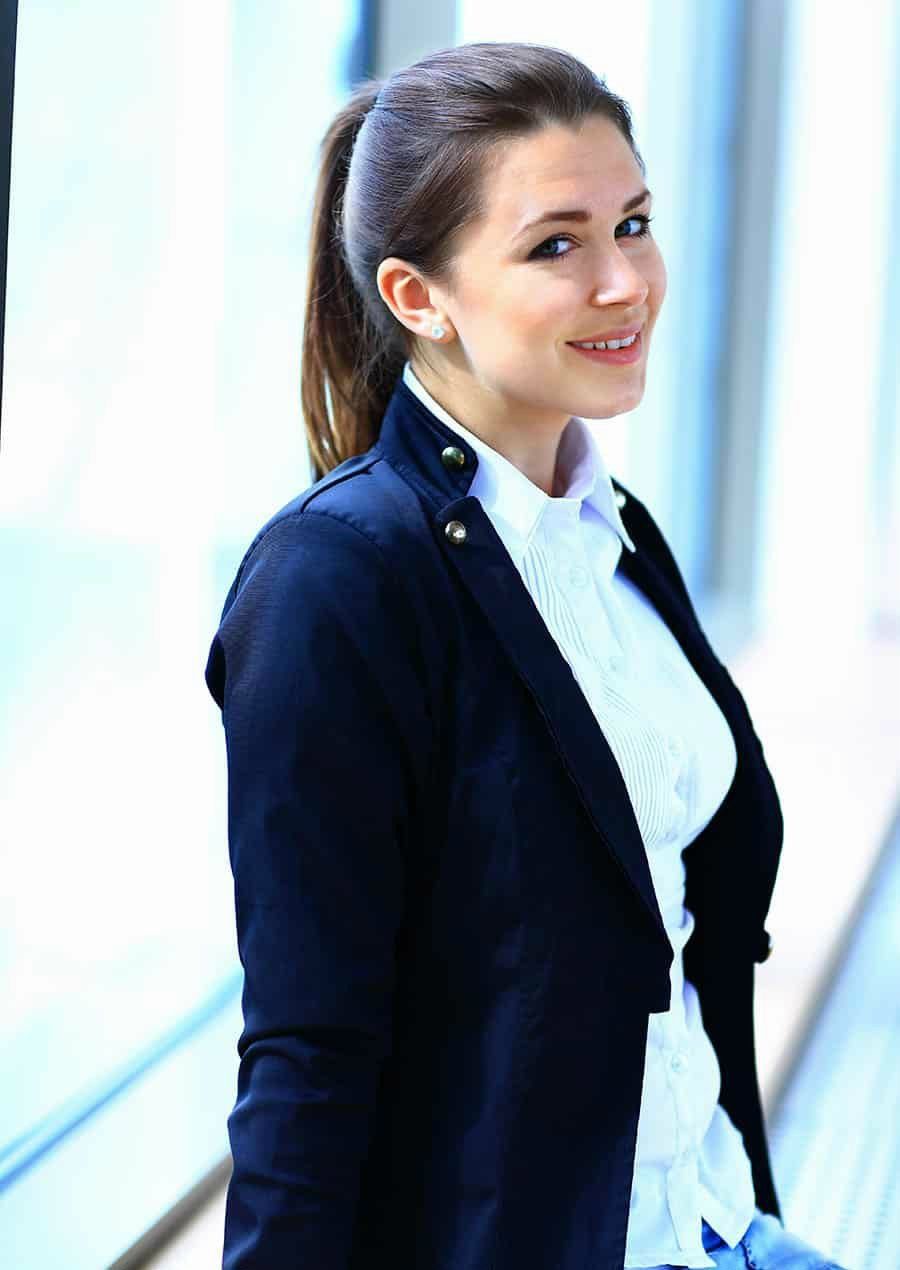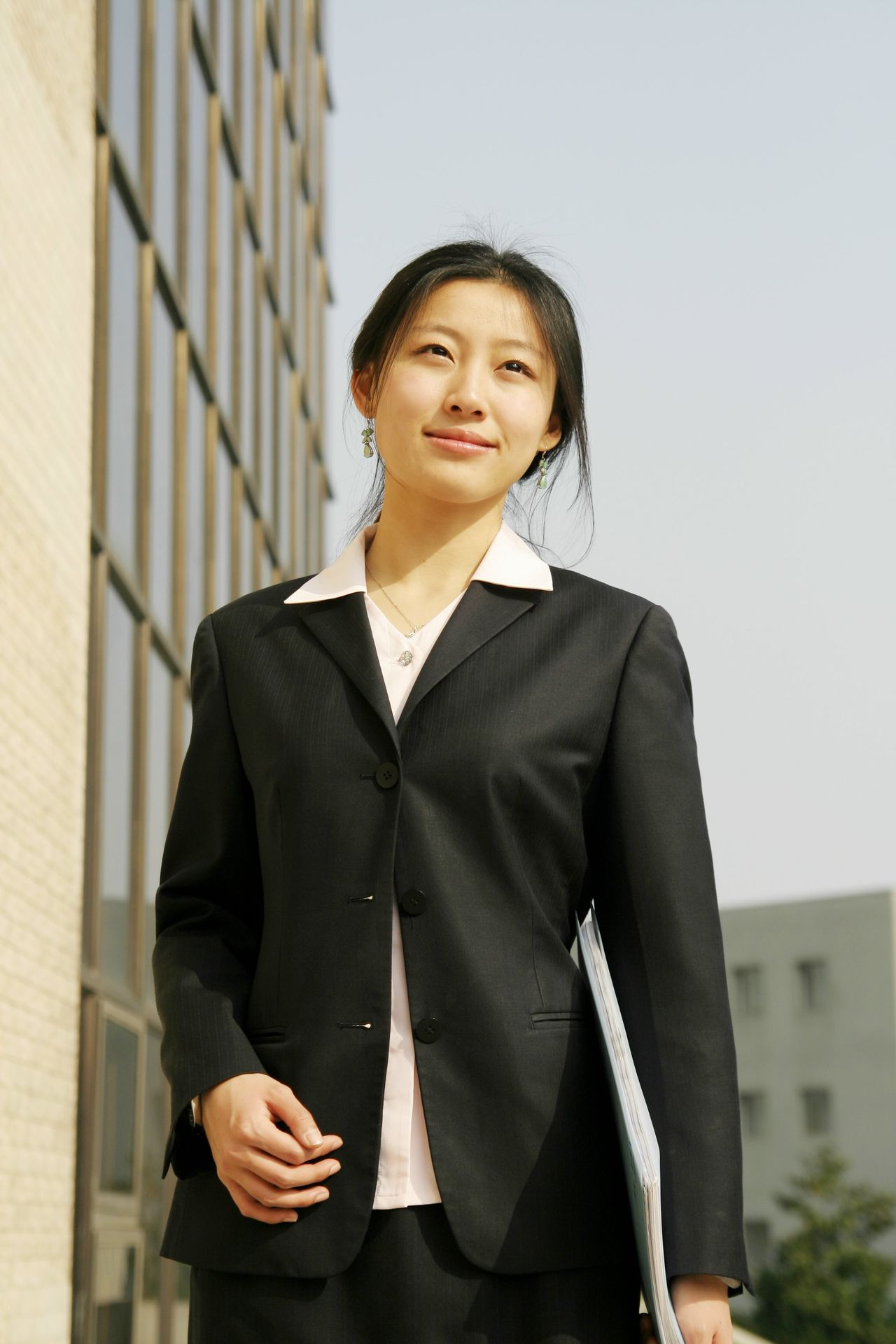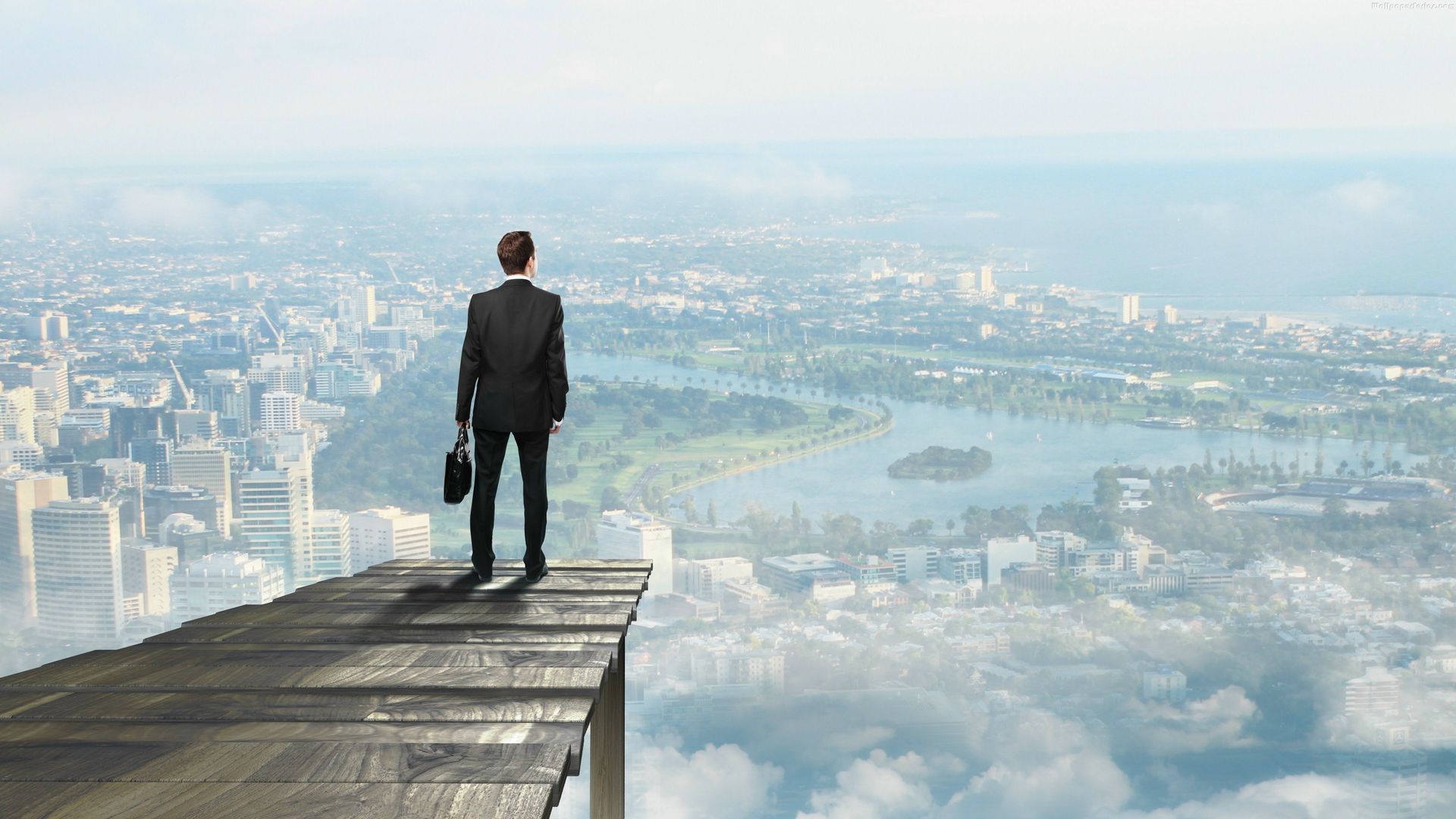 Breaking News
Breaking News
The Tutorial Trap: How We Learned to Copy and…
Pausing the video for what feels like the two-hundredth time. My thumb hovers over the spacebar, a gesture now more instinctual than breathing. On the screen, a disembodied hand effortlessly swipes a loaded brush across the canvas, leaving a perfect, shimmering wash of cerulean blue. The instructor, a soothing, dispassionate voice, says something like, “Just a whisper of color here.” My version isn’t a whisper. It’s a blotchy, frustrated scream.
The Art of Mimicry
This is the silent contract we make with the five-minute watercolor galaxy tutorial, the 12-minute sourdough guide, the sped-up procreate portrait. We trade the messy, unpredictable journey of creation for the guaranteed destination of a pretty, finished thing. We’re told this is learning. We are absorbing a skill, step-by-step, in a logical progression. But what we are actually mastering is the art of mimicry. We are becoming virtuosos of the pause button, experts in color-matching a hex code, black belts in following instructions to the letter. And in the process, the muscle of imagination, the one that thrives on error and happy accidents, begins to atrophy.
It feels good at first, doesn’t it? That hit of dopamine when your version looks almost identical to the thumbnail. You post it. The comments roll in: “Wow, you’re so talented!” But it’s a borrowed talent. It’s a ghost in the machine. When you close the laptop and face a blank page with no guide, a quiet panic sets in. The silence is deafening. The instructor’s voice is gone, and you realize you never learned to speak the language yourself; you only learned how to parrot the phrases.
I’ll be the first to admit the hypocrisy. Just last night, at 2 AM, I was hunched over my phone watching a grainy YouTube video on how to change the battery in a smoke detector that was designed with what can only be described as malicious intent. I followed the man’s instructions with the focus of a bomb disposal expert. I didn’t want to innovate. I didn’t want to “explore the design space.” I wanted the chirping to stop. So I get it. There is a time and place for direct instruction. But we’ve let that emergency-use-only mentality bleed into the one area that was supposed to be a refuge from it: our creativity.
Algorithmic Obedience
My friend, Emma D., teaches digital citizenship to teenagers. She’s been doing it for 12 years. She told me the biggest change she’s seen isn’t in technology, but in the student’s relationship with uncertainty. She gave her class a project: build a simple website about any subject you love. No template. No 42-step guide. Just a goal. The response wasn’t excitement; it was anxiety.
They were terrified of the void, of a space where there wasn’t a pre-approved right answer. They could flawlessly replicate a complex Photoshop effect from a video, but they couldn’t take the first messy, uncertain step into their own territory. Emma calls it “algorithmic obedience”-a learned dependency on a system to provide the next step, and the next, and the next.
This isn’t about talent. It’s about permission.
Reclaiming the Joy
The tutorial ecosystem thrives on our fear of wasting time and expensive materials. That beautiful set of 32 gouache tubes? It feels safer to use them on a project with a guaranteed outcome than to “waste” them on a muddy, imperfect experiment. We see the mistake not as a data point, but as a failure. We’d rather produce a perfect copy of a sunset than an imperfect original from our own memory, because the copy is safe. It’s been validated. The algorithm has already deemed it successful. The real tragedy is that the “wasted” paint, the ugly sketch, the collapsed loaf of bread-that’s where the actual learning happens. That’s the conversation between you and the material. The tutorial is a monologue. It talks, you listen. True creation is a dialogue.
Monologue
You Listen
Dialogue
You Create
It’s about reclaiming the joy of the process over the performance of the product. This starts with small acts of rebellion. It means getting a cheap sketchbook and filling it with things you never intend to show anyone. It means giving yourself 22 minutes to just make marks on a page, to see how the colors bleed into each other without a plan. It requires shifting your goal from “making a good painting” to “finding out what this paint does.” It means embracing tools that are forgiving. I spent a whole afternoon once just mapping out terrible ideas with a set of erasable pens, and the simple act of knowing I could wipe away a bad line without a trace was liberating. It lowered the stakes to almost zero. The fear of commitment, of making a permanent mistake, was gone. Suddenly, I wasn’t trying to produce a masterpiece; I was just thinking on paper.
The Beautiful Mistake
Emma D. tried an experiment with her students that cost her 272 dollars in basic supplies. She called it “The Beautiful Mistake.” The assignment was for each student to start a project with a tutorial, but they had to deliberately misinterpret one key step. One student, tasked with digitally drawing a realistic apple, decided to use the smudge tool instead of the blend tool. The result was a chaotic, swirling vortex of red and green that looked nothing like an apple but was mesmerizing. Another, following a guide for a clay pot, “accidentally” let it collapse on the wheel. She then worked with the collapsed shape, turning it into a stunning, abstract sculpture. For the first time all semester, the students weren’t asking her if they were doing it right. They were too busy discovering what was possible.
Initial Discomfort
felt extreme discomfort
Voted Favorite
project of the year
A staggering 82 percent of the students initially reported feeling extreme discomfort with the assignment. By the end, it was voted their favorite project of the year. They weren’t just learning a technique; they were un-learning their fear. They were learning to trust their own instincts, to see a mistake not as an ending but an unexpected plot twist.
We don’t get that from a follow-along video. The video has no plot twists. It is a straight line, meticulously edited to remove all the errors, all the moments of doubt, all the humanity. It presents an illusion of effortless perfection that sets an impossible standard. The real art, the real creative act, is not in replicating that perfection. It’s in the courage to close the laptop, pick up a tool, and face the beautiful, terrifying, and utterly liberating silence of the blank page. It’s the moment you make a mark that no one told you to make, and you follow it, not because you know where it’s going, but because you are finally curious to find out.































